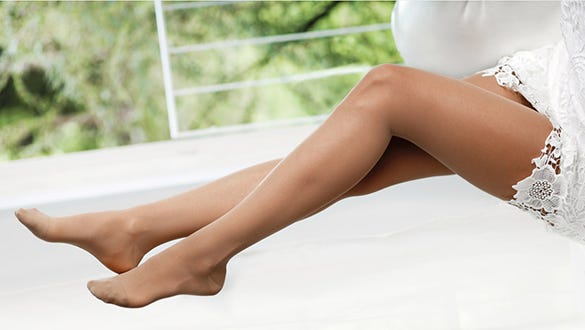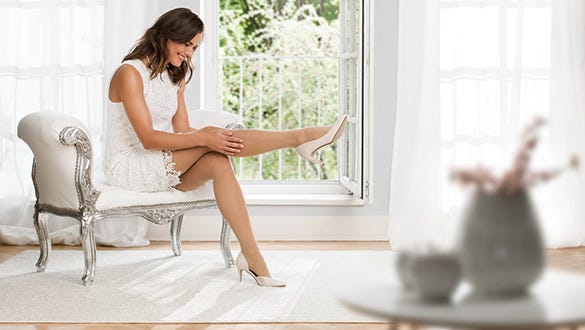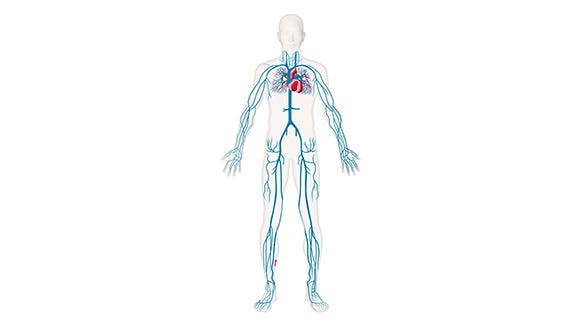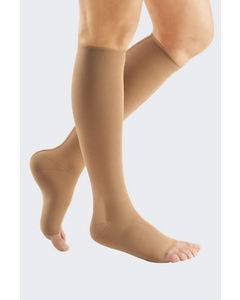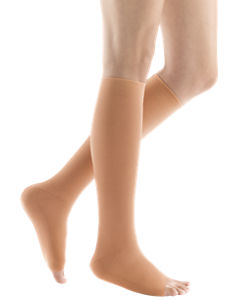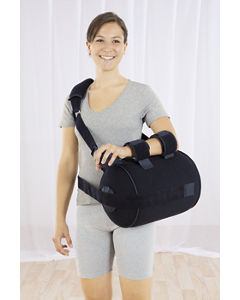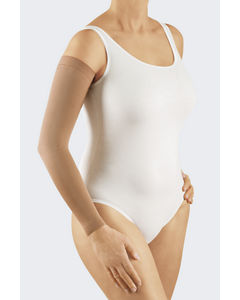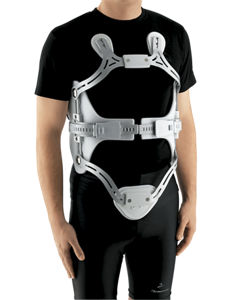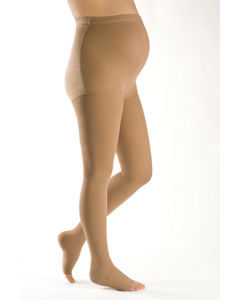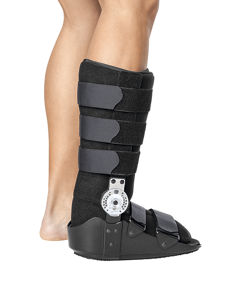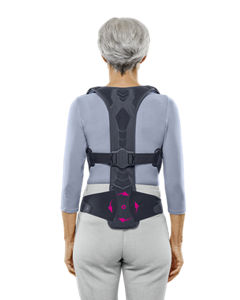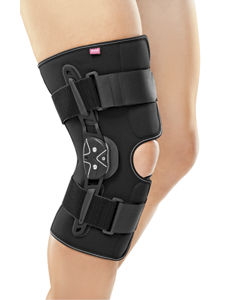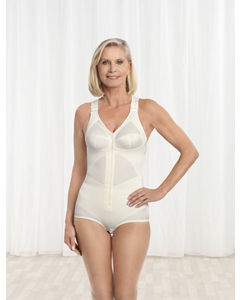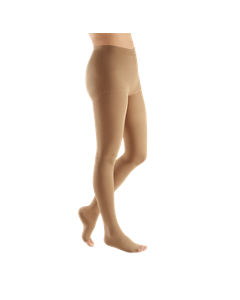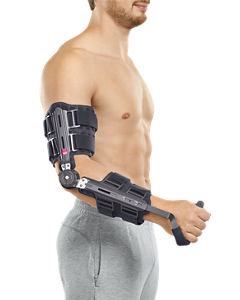- Free First Class Delivery
- Buyer Protection
- Secure Online Shopping
- Healthcare Professional? Click here
Venous pressure


Categories
Diminishing venous pressure
Venous pressure diminishes continually from the ankle towards the heart. At the point of the ankle when a person standing still, it measures 90 to 110 mmHg and depends on gravity and the distance from the heart to the foot. Accordingly, a person's height is decisive for the resting venous pressure when standing. As we move around, the pressure reduces to about 20 mmHg as long as sufficiently good venous drainage is guaranteed. Several factors are important for venous return to the heart.
The action of the heart towards the periphery (retrograde force)
In adults with healthy hearts, an average of about 70 millilitres of blood is pressed from the left ventricle into the aorta during each ejection phase. This volume of blood exerts additional (to the already existing) pressure on the column of blood in the aorta and the arteries that lead off it. This "pushes" the blood further through the vascular system via the arterial side of the capillary system into the venules and from there via the veins in the direction of the right side of the heart.
The larger the venous diameter in the direction of the heart, the lower the prevailing pressure. In a healthy person lying down, the pressure in the venous capillaries is about 20 mmHg; it falls to about 8 – 12 mmHg in the groin, still measures around 3 – 5 (mm/Hg) in the abdominal cavity (intra-abdominal), but only 2 mmHg in the right atrium.
These pressures are adequate for the return transport of the blood. The suction action of the heart only comes into play in the final venous segment, i.e. shortly before the upper vena cava opens into the right atrium. This suction occurs during the ejection phase and is generated by the movements of the valves in the heart.
Suction caused by breathing
The pressure in the chest is negative. As we inhale, this negative pressure increases and, at the same time, the intra-abdominal pressure rises as the diaphragm moves downwards. This causes the venous valves in the femoral vein to close.
When we exhale, the valves open again as a reaction to the fall in intra-abdominal pressure. As a result, the pelvic veins and the inferior vena cava fill with blood again, which then flows further in the direction of the heart. This so-called abdominal-thoracic two-phase pump is boosted by the heart's activity.
Venous tone
The blood in the veins exerts pressure on the vein's wall. This generates tension in the venous wall, which serves as counterpressure for the blood and ensures that the venous pressure does not increase further. Venous pressure and venous blood volume are closely related.
The muscle pump
The deep venous system is embedded in muscles. Due to this, every muscle contraction squeezes the veins to push the column of blood in them in the direction of the heart. When the muscle relaxes, the venous valves prevent the retrograde flow of blood towards the capillaries.
Disorders
Only a certain amount of blood is transported in the direction of the heart with each muscle contraction. In this connection, the most important role is played by the calf muscles. However, efficient venous valves are essential for effective "drainage".
Overall, it must be remembered that the transport of blood in the veins is passive and depends on the interaction between several factors. If only one of these factors is impaired, in confinement to bed, for example, the calf muscle pump is dormant and venous return flow disorders may develop. This can, in turn, cause thromboses or even thrombo-embolisms.

